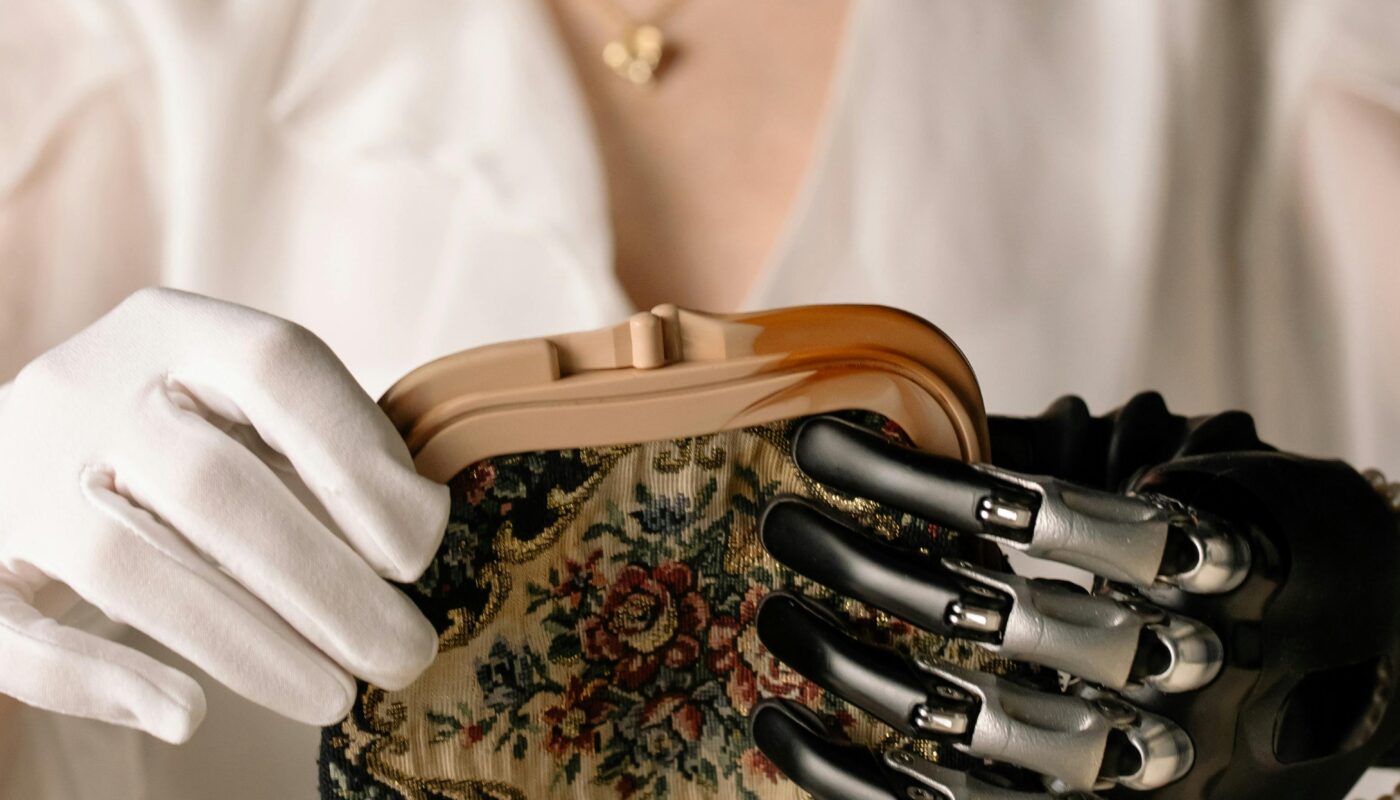Technology has already made its way onto our wrists with fitness trackers and smartwatches, but the next frontier goes far deeper—into the very fabric we wear every day. Smart clothing, powered by embedded sensors, conductive threads, and machine learning integration, is transforming how we monitor and manage health. Unlike bulky devices that require constant charging or attention, these garments integrate seamlessly into daily life, making healthcare more passive, proactive, and personalized.
What Is Smart Clothing?
Smart clothing, sometimes called e-textiles, incorporates advanced fibers and embedded electronics that can sense, react, and sometimes even adapt to the wearer’s body. These fabrics can measure data like heart rate, respiration, muscle activity, and even hydration levels. Some designs use conductive threads woven directly into the textile, while others employ ultra-thin sensors attached in key areas. The result: garments that look and feel like regular clothes but act like a full-body health monitor.
Real-World Applications
- Heart and Respiratory Monitoring
For patients with chronic conditions such as cardiovascular disease or asthma, smart shirts can continuously track vitals. Instead of occasional doctor visits, healthcare providers could receive live updates through a connected app, helping them intervene earlier if something seems off. - Sports and Fitness
Professional athletes and fitness enthusiasts are turning to smart clothing for performance optimization. Compression leggings that detect muscle fatigue or shirts that track VO₂ max allow users to fine-tune their workouts and reduce the risk of injury. - Elderly Care
Falls are one of the greatest risks for seniors. Smart socks and shoes are being developed to detect changes in gait that could indicate instability. Real-time alerts sent to caregivers could prevent accidents before they happen. - Post-Surgery Recovery
Patients recovering from surgery often face mobility restrictions or the risk of complications. Smart bandages and shirts can track healing progress, swelling, or unusual changes, allowing for remote check-ins instead of frequent hospital visits.
Advantages Over Traditional Wearables
Traditional wearables like smartwatches are effective but limited. They typically monitor only a handful of metrics—most commonly heart rate and activity levels. Smart clothing, however, covers larger surface areas of the body, giving a more holistic view of physical activity and health. Plus, because the sensors are integrated into everyday garments, users don’t need to remember to strap on a device before leaving the house.
Another advantage is comfort and discretion. A shirt or pair of socks that doubles as a health monitor doesn’t draw attention the way a bulky gadget might. For people who prefer subtlety—or simply forget to wear or charge their devices—smart clothing provides a reliable alternative.
Challenges and Limitations
Like any emerging technology, smart clothing has hurdles to overcome. Cost remains a significant barrier; these garments are often priced far above standard clothing. Durability is another issue—clothing must withstand repeated washing, wear, and stretching without losing functionality. Battery life is also a challenge, though innovations in energy-harvesting textiles (fabrics that generate power through body heat or movement) are promising solutions.
Finally, there are privacy concerns. Continuous health monitoring generates massive amounts of sensitive data. Ensuring that this data is stored securely and not misused by insurers, employers, or advertisers will be critical for consumer trust.
The Future of Wearable Fabric
The potential for smart clothing extends beyond health and fitness. Imagine school uniforms that track stress levels in students, military gear that monitors hydration and fatigue in soldiers, or office attire that helps workers maintain ergonomic posture throughout the day. As the technology matures and becomes more affordable, it may redefine not just healthcare but fashion and lifestyle as well.
Smart clothing sits at the intersection of fashion, technology, and healthcare. By embedding sensors directly into fabrics, these garments promise to revolutionize the way we understand and care for our bodies. While challenges remain—particularly around cost, durability, and privacy—the innovation already shows that the future of health monitoring could be something as simple as pulling on a T-shirt.
What once seemed like science fiction is now being stitched into reality.




